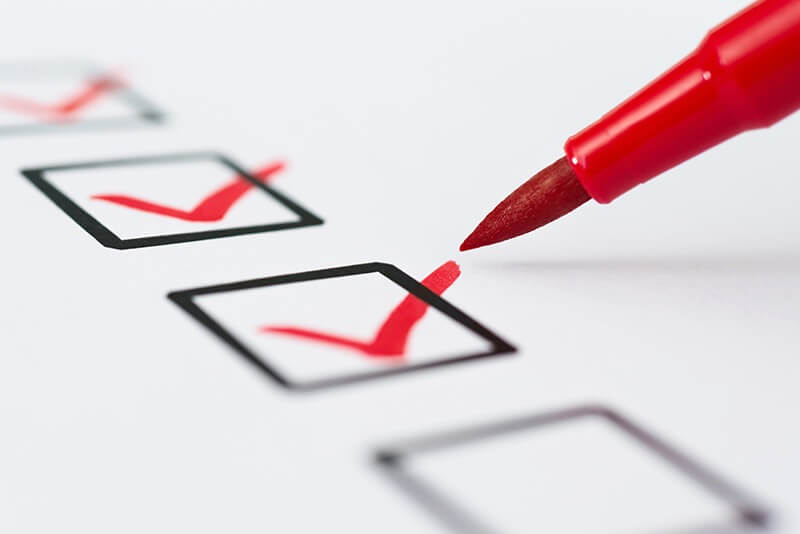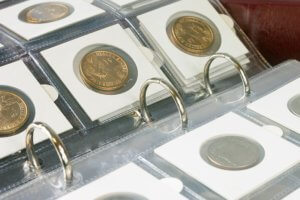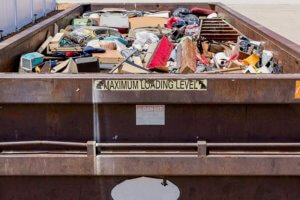BLOG

Hoarder Cleaning Checklist
Cleaning up a hoarded property can often take up a lot of time and effort. Whether you own a hoarded property or are looking to help clean up a loved one’s home, there are certain things that must be done in order to ensure the property is effectively restored to a liveable condition once more.
If you’re looking to undertake a hoarder house clean up and aren’t quite sure where to start, we’ll explore what hoarding is, how to clean up a hoarded property and when you should consider hiring a hoarder cleaning specialist.
What is hoarding?
People with hoarding disorder have persistent difficulty with discarding or parting with possessions because of a perceived need to save these items. Hoarders feel a strong sense of distress at the thought of having to part with their belongings.
What’s the difference between hoarding and collecting?

Hoarding is not the same thing as collecting. While many people enjoy gathering items such as collectibles, coins, vinyl records, trading cards, comics etc. as a hobby, hoarders gather and hang onto various items in such large quantities to the point where it can interfere with their day-to-day living.
Collectors tend to acquire possessions in an intentional and targeted manner and often organise and display their collection. Hoarders on the other hand tend to gather their possessions impulsively, with the mindset that they might eventually have a use for these items in the future, irrespective of their low monetary value. In a hoarder house, collected items are cluttered, unorganised, and placed in any random spot where there might be space available.
What Do Hoarders Collect?

Quite often, hoarders will collect common everyday items such as paper, clothes, boxes, plastic bags and books. While these common items may not be worth much to most people in terms of monetary value, to a person with a hoarding disorder, these common items are invaluable and certainly worth keeping.
At times, hoarders may collect valuable items, but in quantities greater than what can reasonably be used in daily living. Hoarders have also been known to acquire garbage, food, animals and human waste, although this is far less common.
Cleaning Checklist

Below is a cleaning checklist for how to tackle a hoarder cleaning situation when looking to complete the task yourself.
- Start With A Plan/Strategy – assess the situation and determine a course of action for how you will handle this cleaning task. Consider who will be involved with the clean up process, what timeframe you are looking to work to and what amount of budget can be allocated towards this task. Also consider whether or not the occupant of the hoarded property will be present during the process as this will likely impact your allocated timeframes. If the property has biohazards present (such as human or animal waste, rotting food etc.) it would be advisable to get in touch with a specialised biohazard cleaning company to handle this cleaning task instead.
- Purchase Cleaning Supplies – grab some cleaning essentials such as: garbage bags, boxes (for items you may want to keep), cleaning disinfectants, mops and buckets, sponges, cloths, broom, dustpan, vacuum cleaner, gloves, masks, carpet cleaner, insect repellent. Don’t forget to rent a skip bin and organise for the rubbish to be removed from the premises.
- Sort Items Outside – lay down some tarps outdoors and slowly clear out the contents of the house, one room at a time starting with the entryway. Bring all items outside of the home and immediately throw out items for disposal while placing the rest onto the tarps for sorting. Once the room has been completely emptied, decide which items you would like to “keep”, “give away”, donate” or throw away”.
- Repairs & Pest Control – check the premises for any repair work that needs to be done including replacing flooring and making repairs to faulty plumbing. Be sure to also check for signs of water damage and mould. Use pest control measures to eliminate unwanted pests from the property.
- Deep Clean The Property – once the home has been fully emptied and repairs have been carried out, do a deep clean of each room from top to bottom. Wipe down walls, fixtures and clean/shampoo the carpets. Scrub the bathroom tiles, bathtub, sink and give the toilet a good clean. Ensure built in storage spaces are wiped down thoroughly with disinfectant.
Getting Help From The Professionals
Knowing when you should consider getting help from the professionals is crucial when looking to ensure that a hoarded property has been effectively sanitised, disinfected and is now safe for use. In cases where biohazards are present at a hoard house, it’s best to call in professionals like National Trauma (NTCSC) to safely and effectively remediate the property.
Speak to our team any time 24/7 and ask for a free quote on your hoarder cleaning needs.

